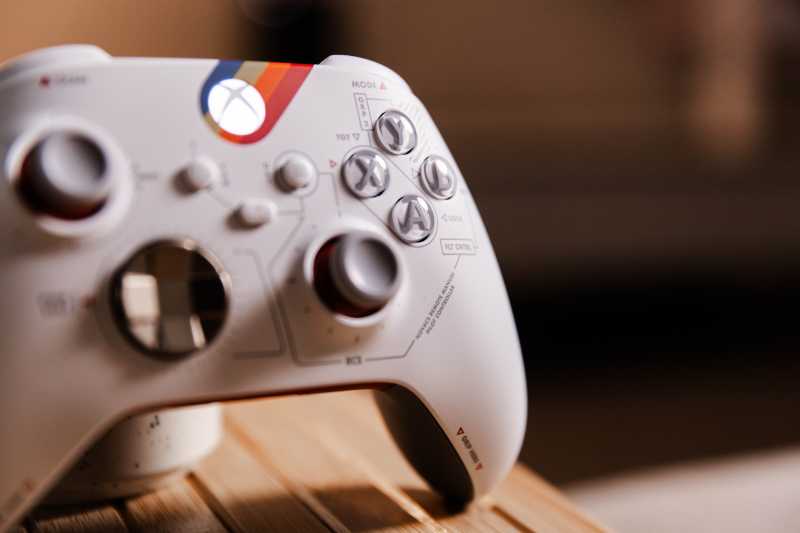Optimizing Your Starfield Experience: Preparing for DLSS and Beyond

As Bethesda's highly anticipated sci-fi RPG, Starfield, has finally been released, gamers around the world are diving into this expansive universe with excitement. While we're thrilled to explore the cosmos, it's crucial to consider optimizing our gaming experience, especially with Bethesda's confirmation of DLSS (Deep Learning Super Sampling) being added in the first update patch. In this blog post, we'll explore how to optimize Starfield now that the game is out and we await the official game optimizations from the developers.
1. Update Your Graphics Drivers:
Before diving into Starfield, make sure your graphics card drivers are up to date. Both NVIDIA and AMD frequently release driver updates to improve game compatibility and performance.
2. Monitor Your PC's Performance:
Use monitoring software like MSI Afterburner or GeForce Experience to keep an eye on your system's performance while playing Starfield. This will help you identify any bottlenecks or issues. The game seems poorly optimized for both Nvidia and Intel GPUs at the time of writing, so that will more than likely be the bottleneck.
3. Adjust In-Game Settings:
Start by tweaking in-game settings to find the right balance between visual quality and performance. Lower settings like texture quality, shadows, and anti-aliasing can significantly boost frame rates without sacrificing too much in terms of graphics.
4. DLSS in the First Update:
As Bethesda has announced, DLSS will be added in the first update patch. DLSS is a game-changer for performance, utilizing AI to upscale lower resolutions to your native screen resolution, resulting in improved frame rates while maintaining visual fidelity. Once the patch arrives, enable DLSS in Starfield's graphics settings for a substantial performance boost. Hopefully the performance increase they add will include 'older' GPUs that aren't current gen (40 series).
5. Resolution and Scaling:
Consider lowering your screen resolution if your system struggles to run the game smoothly. You can also experiment with different scaling options to balance performance and visual quality. For the time being I use 75% render resolution with 100% FSR2 sharpness. After a while I added an unofficial DLSS mod which increased the visual fidelity quite a bit over the stock FSR2 experience.
6. Keep Background Apps in Check:
Close unnecessary background applications and processes that may consume system resources while you're playing Starfield. This can help free up valuable CPU and RAM resources.
7. Overclocking (If Applicable):
If you have experience with overclocking your CPU or GPU, it might be worth exploring to squeeze extra performance out of your hardware. However, be cautious and ensure your system remains stable.
8. Cooling and Maintenance:
Proper cooling is crucial for maintaining stable performance. Ensure that your PC is clean, and fans are functioning correctly to prevent overheating, which can lead to performance throttling.
9. Consider Hardware Upgrades:
If your system is struggling to run Starfield even after optimization, it might be time to consider hardware upgrades. Upgrading your CPU, GPU, or adding more RAM can make a significant difference in performance. I would however wait to upgrade your PC until the new official performance tweaks come in.
10. Stay Informed:
Keep an eye on Bethesda's official updates and patch notes for Starfield. The developers may release additional optimizations and bug fixes in future patches, so staying informed is essential.
Conclusion:
While we eagerly await the release of Starfield's promised DLSS update, these optimization tips will help you prepare your gaming setup for a smooth experience. By proactively optimizing your system, you can ensure that you're ready to explore the depths of space and enjoy all the wonders Starfield has to offer as soon as it's released.